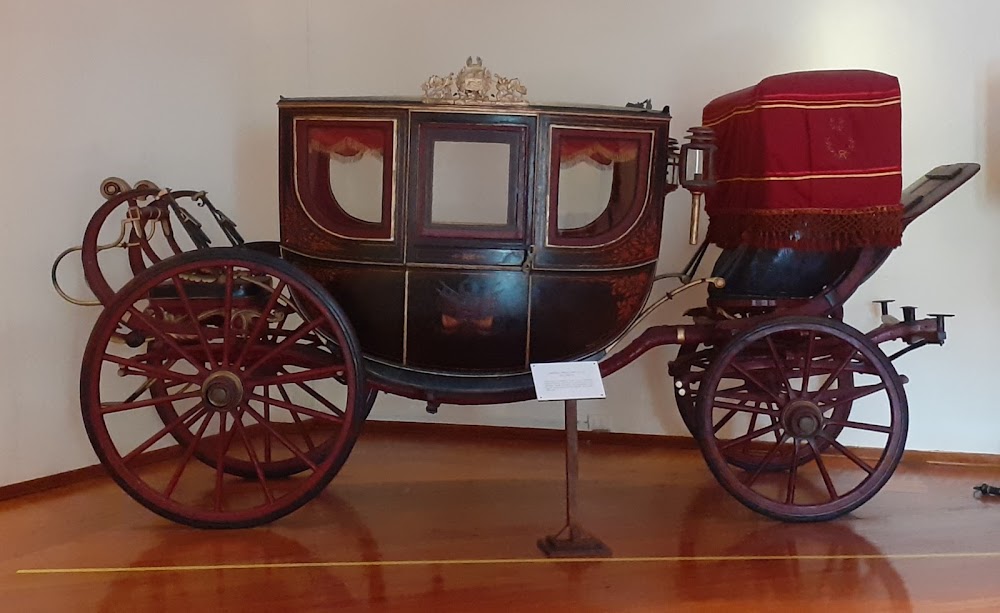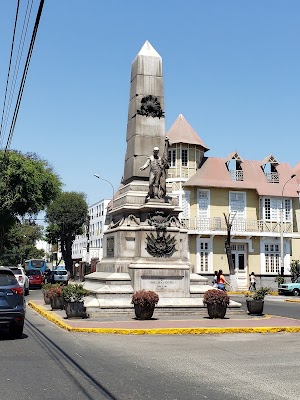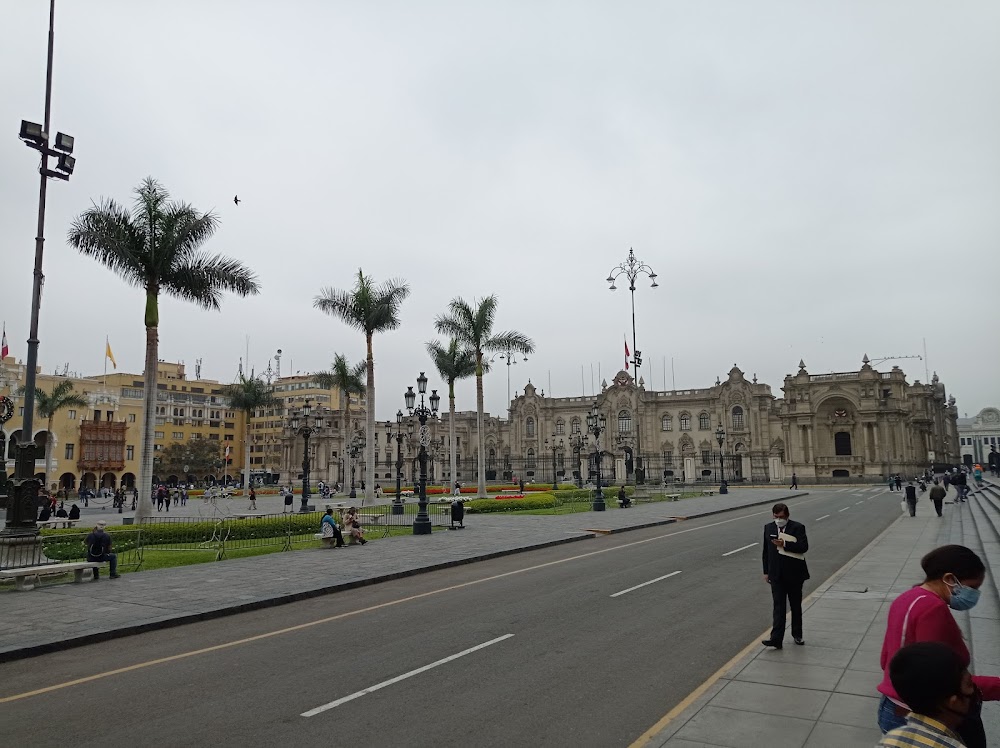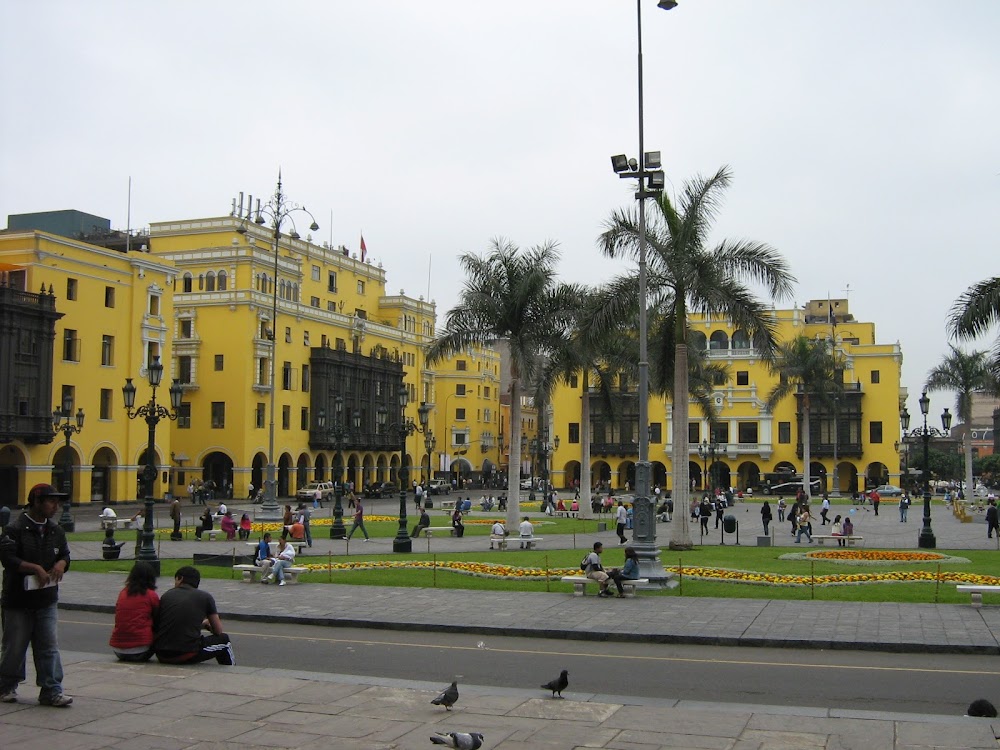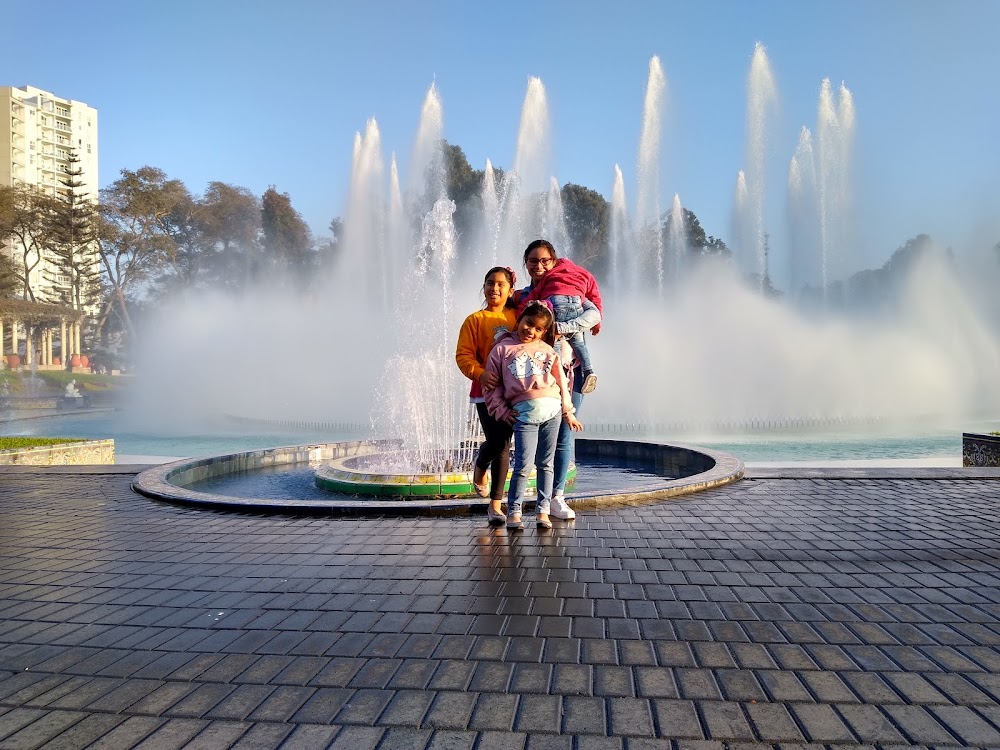National Museum of Archaeology, Anthropology, and History (Museo Nacional de Arqueología, Antropología e Historia del Perú)
Overview
The National Museum of the Archaeology, Anthropology, and History of Peru, situated in the heart of Lima, holds the title of the largest and oldest museum in the country. Its fascinating journey began in the early 19th century, when the Spanish Count of Osma started amassing a remarkable collection of artifacts from ancient Peru. The museum's official inception took place in 1822, just a year after Peru declared independence from Spain. Recognizing the significance of preserving the nation’s cultural heritage, the newly formed government established this vital institution.
Originally, the museum's collection was displayed in various locations until it found a permanent home in the historic residence of the Viceroy of Peru in 1826. This building not only represents a piece of Peru's colonial past but also stands as a witness to numerous pivotal historical events, enhancing its relevance as a cultural repository.
Over the years, the museum has seen significant growth in its collections, largely due to the contributions of esteemed archaeologist Julio C. Tello, revered as the "Father of Peruvian Archaeology." His groundbreaking discoveries, including exquisite Paracas textiles and a wealth of other artifacts, have greatly enriched the museum’s holdings. Tello, alongside various prominent archaeologists, transformed the museum into a major cultural and educational hub.
The 1940s marked a transformative period for the museum, as it underwent extensive renovations. This era saw modernizations and the addition of new wings to accommodate its expanding collection. Dedicated spaces were created to showcase archaeological findings, ethnographic items, and artistic works spanning different epochs of Peru's history.
The museum's extensive collection ranges from the prehistoric era to the colonial period, featuring significant artifacts from major pre-Columbian cultures such as the Inca, Nazca, Mochica, and Chimu. Among the highlights are the intricately woven Paracas textiles, distinctive Nazca pottery, and impressive Inca artifacts—tools, ceramics, and the renowned Incan quipu, a complex system of knotted strings used for record-keeping.
The museum's anthropology and history sections offer profound insights into Peru's rich cultural diversity, showcasing the customs, traditions, and daily life of its many indigenous groups. Artifacts such as musical instruments, clothing, and crafts vividly illustrate this cultural tapestry. Additionally, the colonial period section presents items that reflect the fusion of indigenous and Spanish cultures.
Beyond its permanent exhibitions, the museum actively engages visitors with temporary exhibits, educational programs, and workshops, all designed to promote awareness and appreciation of Peru's vast cultural heritage. This dynamic approach ensures that the museum serves not only as a gallery for artifacts but also as an engaging educational center.
Today, the National Museum of the Archaeology, Anthropology, and History of Peru remains a cornerstone institution dedicated to preserving the nation's past. Its mission to educate, inspire, and cultivate appreciation for Peru's rich and diverse history resonates with both local and international visitors. Through its extensive collections and ongoing commitment to research and education, the museum plays a vital role in bridging the present with Peru's storied history.


